Toxicology is a deep complex topic area, which can devour a disproportionate amount of studying time in preparation for the boards. Unlike many other subjects however, it lends itself to some word associations and other high value studying. This list has been compiled to facilitate some rapid review.
Basic Word Associations
- Acetaminophen – NAC
- Anticholinergic Toxidrome (Jimsonweed, Benadryl, Atropine) – Physostigmine
- Benzodiazepine – Flumazenil
- Beta Blocker – Glucagon
- Calcium-Channel Blocker – Calcium, Insulin
- CO – High Flow O2, Hyperbaric Therapy
- Cholinergic Toxidrome – Atropine, Pralidoxime (2-PAM)
- Cyanide – Sodium Nitrite, Sodium Thiosulfate, Hydroxocobalamin
- Digoxin – Fab Fragments (Digibind/Digifab)
- Ethylene Glycol/Methanol – Ethanol, Fomepizole, Dialysis
- Methemoglobinemia (Benzocaine, Lidocaine – Methylene Blue
- INH – Pyridoxine (Vitamin B6)
- Heavy Metals – Chelation
- Opiates – Naloxone
- ASA – Sodium Bicarbonate Alkalinization
- Sulfonylureas (Glipizide/Glyburide) – Octreotide
- Valproic Acid – Carnitine
- TCAs – Sodium Bicarbonate
- Hydrofluoric Acid – Calcium
Pharmacologic Effects of TCAs
| K+ Channel Blockade | QTC Prolongation |
| NE & Serotonin Reuptake Inhibition | Initial hypertension quickly followed by hypotension |
| Na+ Channel Blockade | QRS Prolongation Hypotension — depresses myocardial contractility Ventricular dysrhythmias Brugada-like findings on EKG |
| Muscarinic Anticholinergic Receptor Antagonism | Anticholinergic Toxidrome |
| Antihistaminergic | CNS stimulation or sedation |
| alpha1 Adrenergic Antagonism | Hypotension |
| GABA-A Receptor Blockade | Seizures |
Toxic Alcohols
- Isopropanol –> Acetone = Ketosis w/o Acidosis
- Methanol –> Formic Acid –> Optic Nerve/Retina
- Ethylene Glycol –> Glycolic Acid –> Oxalic Acid –> Calcium Oxalate –> Kidney
- Anion Gap = Na+ – (Cl- + HCO3-)
- ↑AG due to unmeasured anions organic acid metabolites.
- Osmolar Gap = 2Na+ + (BUN/2.8) + (Glucose/18) + (EtOH/4.6)
- ↑ OG due to unmeasured parent compound.
- HD Indications:
- End-Organ Toxicity
- Severe Acidosis – after resuscitation
- Methanol > 50
Cyanide Treatments
- Hydroxocobalamin is new standard if available.
- Nitrites – Induce methemoglobinemia. Methgb + CN –> Cyanomethgb
- Thiosulfate – Thiosulfate + CN –> Thiocyanate
- Hydroxocobalamin – Hydroxocobalamin + CN –> Cyanocobalamin
Digoxin
- Inhibits function of Na+-K+-ATPase.
- Dosing:
- Unknown Level w/Severe Toxicity: 10 vials for acute and 5 vials for chronic intoxication.
- Known Amount Ingested: 2 vials per 5 mg ingested
- Calculation: # DigiFab/Digibind Vials = (serum digoxin level (ng/mL) x body weight (kg))/100
Methemoglobinemia
- Inducers: Benzocaine, Lidocaine, Chloroquine, Dapsone, Pyridium, G-6-PD Deficiency
- MetHgb & Sat Monitoring: Falsely low reading of O2 sat -> 84% despite supplemental O2.
- % MetHgb and symptoms:
- 3-15%: Slight discoloration of skin (pale/gray/blue) may be present.
- 15-20%: Cyanosis present, but pt may be relatively asymptomatic.
- 25-50%: HA, Lightheadedness, Syncope, Dyspnea, Chest Pain, Palpitations, Weakness, Confusion
- 50-70%: Profound metabolic acidosis, AMS, Seizures, coma, dysrhythmias
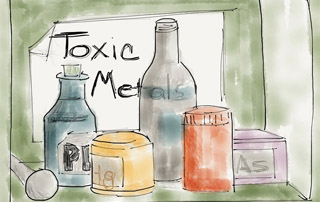
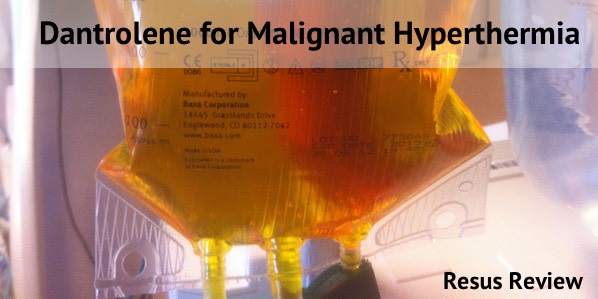
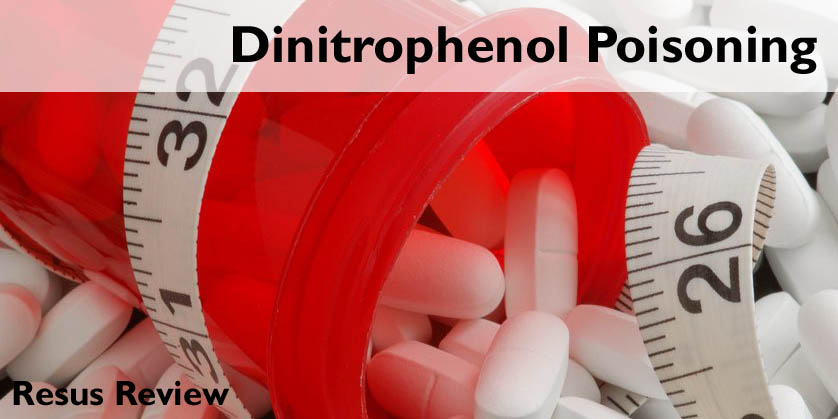

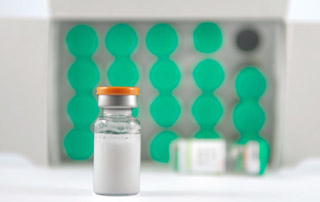
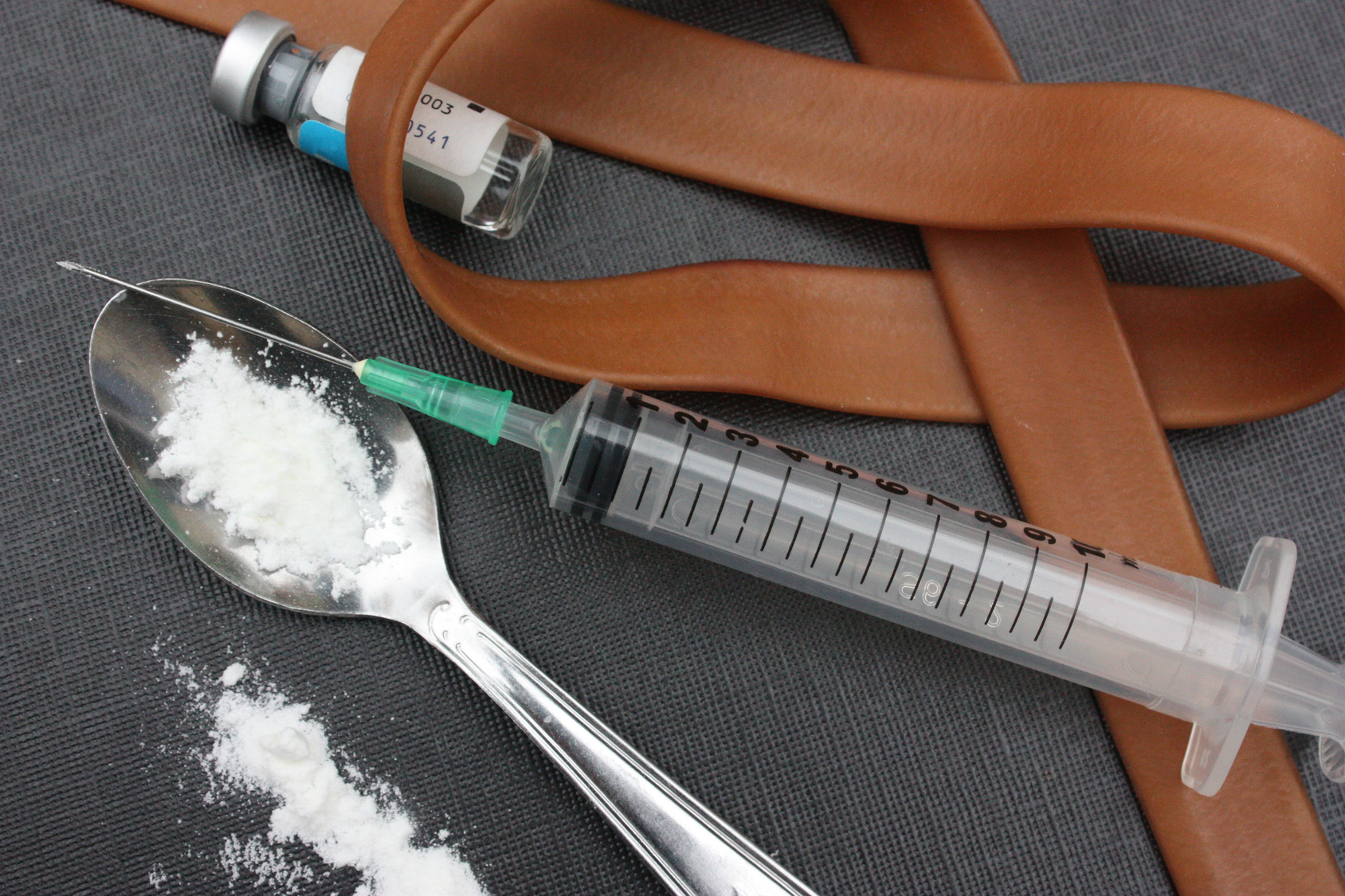
Charles,
Great post!
Can I reprint the Tca chart for my podcast next week (with link back, of course)
Absolutely Scott. Thanks for the shoutout.
Hey Charles,
One if the most common groups for methaemaglobinaemia is amyl nitrate, or “poppers”. Typical history is a gentleman brought into ED with a GCS of 3/15 with otherwise normal vitals.
Treatment is methylene blue which has to be given through a special filtered giving set: which is basically the same one as you use for a phenytoin infusion.
Thank you for educationing me on that.
[…] This chart was taken from the excellent Resus Review Blog by Charles Bruen […]